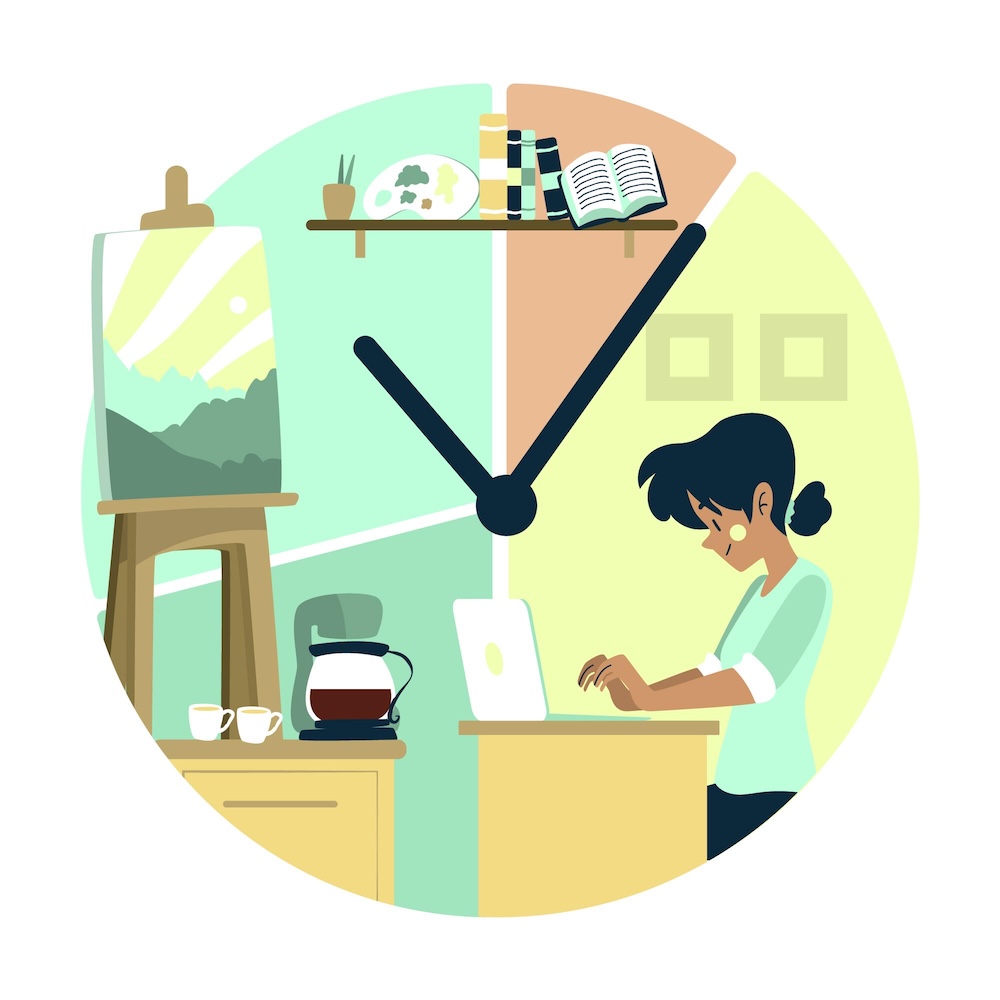How to Determine Hourly Rates for Freelance Graphic Designers
If you're a freelance graphic designer, one of the toughest challenges is deciding how much to charge for your work. It’s a delicate balancing act—charge too little, and you risk undervaluing your skills and burning out; charge too much, and you might struggle to attract clients. But getting your pricing right is essential, not just for financial stability but also for positioning yourself as a professional in the market.
For solopreneurs, micro businesses, and small business owners, understanding designer hourly rates is equally crucial. If you’re hiring a freelancer, knowing what goes into calculating fair graphic designer hourly rates can help you budget effectively and ensure you’re paying a sustainable wage to the professionals you work with.
This guide will walk you through the essential steps to determine fair and profitable hourly rates for freelance graphic designers. Whether you're new to freelancing or looking to adjust your rates, this breakdown will help you make informed decisions.
1. Understand the Costs of Being a Freelancer
Freelancers don’t just get to pocket all the money they earn. Unlike full-time employees, freelance graphic designers need to account for business expenses, taxes, and unpaid time. To calculate a sustainable hourly rate, start by considering your costs:
- Software and tools: Adobe Creative Suite, Sketch, Figma, and other design tools.
- Hardware: A powerful laptop, drawing tablet, external storage, etc.
- Office expenses: Internet, co-working space fees, utilities, and supplies.
- Marketing and portfolio maintenance: Website hosting, domain fees, online ads, and networking events.
- Professional development: Courses, workshops, and certifications.
- Taxes and retirement savings: Self-employed individuals must set aside money for taxes and future financial security.
- Health insurance and other benefits: Unlike traditional employees, freelancers must cover their own health insurance, sick days, and holiday time.
2. Calculate Your Baseline Hourly Rate
The simplest way to determine your freelancer hourly rates is to work backwards from your desired annual income. Here’s a basic formula:
(Desired annual salary + Business expenses) / Billable hours = Hourly rate
Example Calculation
- Desired annual salary: £50,000
- Business expenses: £10,000
- Total required income: £60,000
- Billable hours per year: 1,000 (assuming you work 40 hours per week but only 50% is billable work)
£60,000 / 1,000 = £60 per hour
3. Research Industry Standard Rates
Graphic designer hourly rates vary depending on skill level, niche, and location. Here are some benchmarks:
- Beginner designers (0-2 years of experience): £20-£40 per hour
- Mid-level designers (3-5 years): £40-£80 per hour
- Senior designers (6+ years): £80-£150 per hour
- Specialist or niche designers (UX/UI, branding experts, etc.): £100-£250 per hour
4. Factor in Non-Billable Time
One common mistake freelancers make is underestimating how much time they spend on non-billable tasks like:
- Client communication
- Marketing and networking
- Invoicing and admin work
- Revising and refining projects
5. Adjust Your Rates for Value and Demand
Freelance pricing isn’t just about covering costs—it should reflect the value you bring to your clients.
6. Test Your Pricing with Clients
Once you’ve determined a rate, test it with prospective clients. If you consistently get pushback or lose projects to cheaper competitors, consider adjusting your approach.
7. Review and Adjust Regularly
Your rates shouldn’t stay the same forever. As you gain experience and deliver more value, revisit your pricing annually.
8. Use Tools to Simplify Pricing and Invoicing
One of the biggest headaches for freelancers is managing quotes and invoices. Many solopreneurs and micro business owners struggle with setting rates, tracking earnings, and ensuring they’re not undercharging.
This is where tools like Payday can help.
Final Thoughts
Determining your hourly rates as a freelance graphic designer is more than just picking a number—it’s about understanding your costs, valuing your expertise, and ensuring long-term financial sustainability.
If you’re a freelancer or small business owner looking for an easier way to manage quotes and pricing, check out Payday. It helps freelancers take the guesswork out of pricing so they can focus on what they do best—creating stunning designs.
